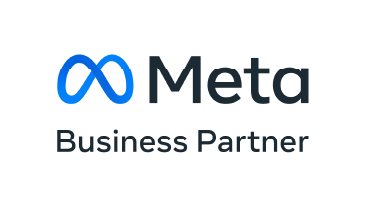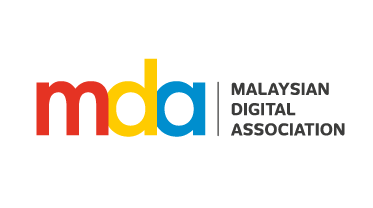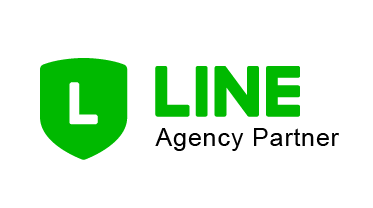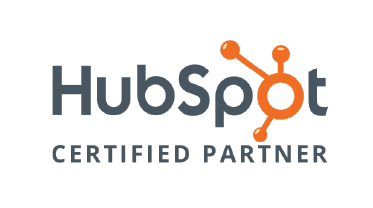Why You Need Hreflang Tags In Your Global Website
Expanding your business is a huge opportunity to increase revenue and reach a wider network of customers. But how does this fit into Search Engine Optimisation (SEO)? For starters, if you’re looking to grow your business globally, you might want to start producing content in different languages and target specific countries. Creating targeted content allows you to tap into new audiences and reach a much larger network.
However, creating content in different languages is not as easy as translating your content because Google could flag it as duplicate content, which could harm your site’s SERP ranking. The best way to have targeted content reach your intended audience is by using hreflang tags.
Table of Contents
What is a Hreflang Tag?
You might have seen Hreflang Tag before, brushing it off as different letters and numbers. But no, a Hreflang Tag isn’t just a random sequence of letters and numbers; it is a snippet of a code.
Google introduced Hreflang Tag in December 2011. The hreflang attribute tells search engines what the relationship is between pages in different languages. The most common use of this attribute is to specify alternate language pages for websites that target multiple countries, and this is how it would look like:
rel=”alternate” hreflang=”x”
When Should You Use Hreflang Tags On Your Website?
Now that you know the purpose of hreflang tags, when should you use it? If you have a website with duplicate content in multiple languages, this is essential for an international SEO reach.
For example, if you have an international website and want to serve search results to English speakers in Malaysia, the hreflang attribute should look like this:
<link rel=”alternate” href=”http://example.com” hreflang=”en-my” />
However, if you want to reach a Malay speaking audience, you would have to change the language code from ‘en’ to ‘ms’, and it should look like this:
<link rel=”alternate” href=”http://example.com” hreflang=”ms-my” />
Besides spreading out search results based on languages, you could target it according to a country with the same language. You can change the country code if you have an English website with content catering to different countries. If you want to target your content for English speakers in Singapore, your hreflang tag should look like this:
<link rel=”alternate” href=”http://example.com” hreflang=”sg-en” />
Benefits of Using Hreflang Tags
Better User Experience
Ultimately when creating a website, you want the user to have the best experience so that they come back and revisit your site. A hreflang tag will allow you to target a specific audience based on their preferred language and location. Content created for a specific audience resonates more with users and gives them a more engaging user experience, leading to lower bounce rates and better page rankings on a search engine.
![]()
Source: Freepik
Use Different Language Codes To Reach A Wider Audience
Prevent Duplicate Content
Duplicate content is a big red flag for Google. They will issue penalties and harm your page ranking if it is verified. Hreflang tags help signal Google so that they know it is in a different language or if it is regionally specified. This allows you to post the same content and still reach a targeted audience.
Improve Organic SEO
Your SERP ranking is affected by factors such as bounce rates, click-through rates, conversion rates, and the contents provided in the website. By creating more targeted content with hreflang tags, users will stay longer on your page. Personalised content based on region and language has shown to get users to stay on a page longer, which lowers your site’s bounce rate, thus improving your Google SERP ranking.
To explore deeper hope over to our Hreflang tag ultimate guide article.
















Join the discussion - 0 Comment